Technologies That Help Prevent Car Accidents
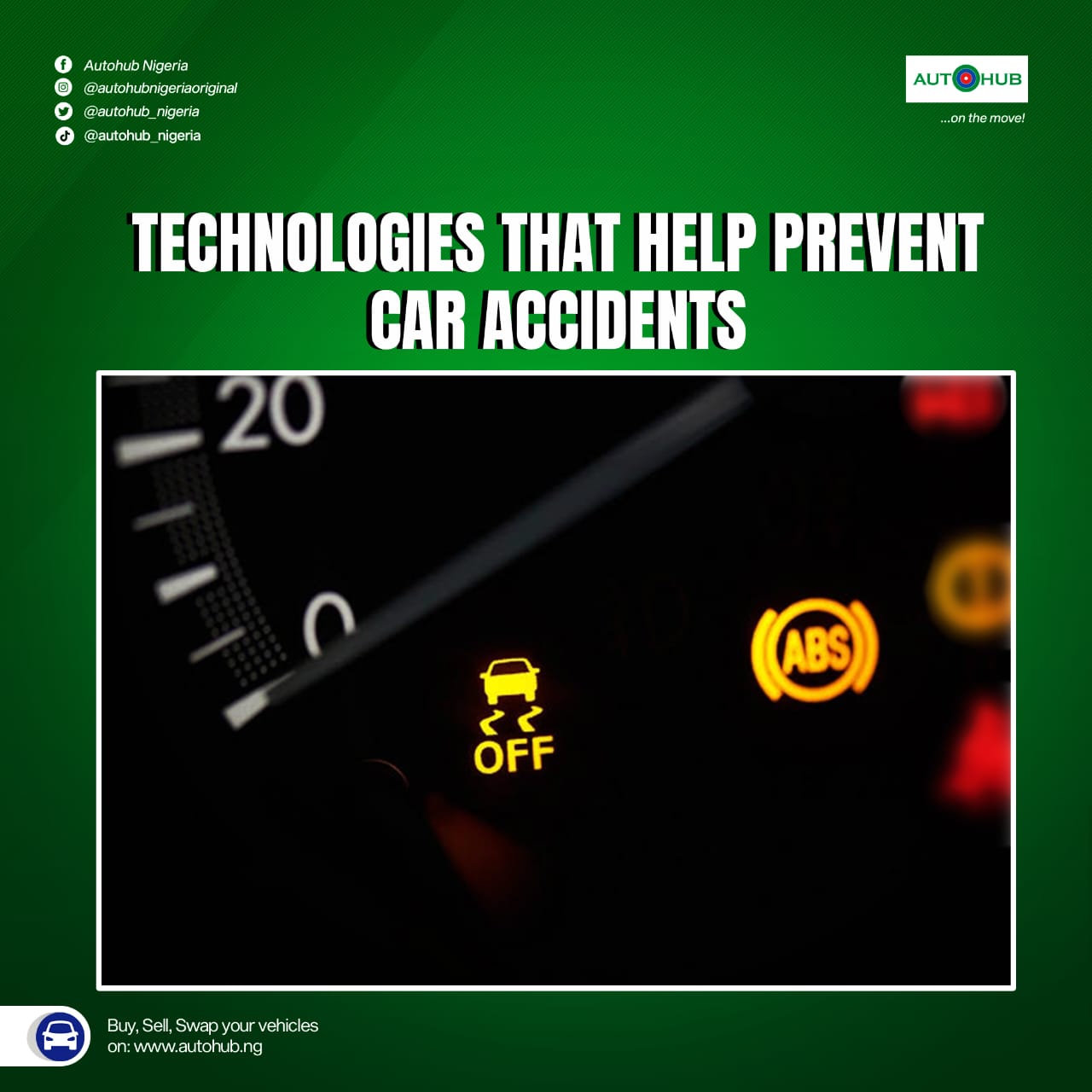
Advancements in technology around automobiles and vehicle safety over time have allowed us to move beyond passive safety and focus more on active safety. Research shows that over half of annual vehicle crashes could be potentially prevented using modern technology like radar-based safety devices.
High-end cars these days are already equipped with features like blind-spot warning, lane-assist/lane departure warning, heads-up display, amongst others – which helps in averting a collision. However, these features will soon make their way to an average new car. These safety features have proven to be highly effective to avoid crashes and with more production cars getting new technologies as standard every year, this will hopefully help reduce the overall road fatalities.
Below we’ll discuss some safety features aimed at preventing crashes and making vehicles well equipped for active safety:
1. Vehicle-to-Vehicle Communication
In future, self-driving cars will communicate with each other for a smooth operation. Understanding the GPS coordinates and the speed will play a major role in facilitating this. There would also be a lot of dependence on new age sensor technology which will focus on the cars to communicate. The sensor will also detect pedestrians, bicycles, and other objects within its proximity and adjust the car’s speed accordingly.
This will also help to create a network-based traffic management system. The cars will coordinate with traffic signals directly and get rid of any human error.
2. Anti-lock Braking System (ABS)
ABS or Anti-lock Braking System is a quite a fantastic addition to active safety especially when it comes down to emergency braking situations where you need to stop the vehicle in a short distance, or slow down effectively – whilst still having the ability to manoeuvre without the wheels locking up.
You can find out more details about ABS here.
3. Traction Control System (TCS)
The traction control system prevents wheel spin when starting off or accelerating, particularly on a slippery or wet road surface. While the antilock braking system (ABS) prevents the wheels from locking during braking by reducing the braking pressures. TCS ensures that the wheels do not spin when driving off or accelerating.
To do this, the drive torque at each driven wheel is reduced correspondingly. TCS improves the traction of the vehicle and increases vehicle safety by avoiding unstable driving situations within the limits of physics.
4. Active Kinematics Control
Original Equipment Manufacturers (OEM) like ZF and Bosch are also working on Active Kinematics Control (AKC) for passenger cars. If the rear wheels actively assist the front steering angle, a passenger car enjoys enhanced agility, stability, and comfort when changing direction. The steering movements of the rear trigger electronically controlled active track actuators – either one central actuator in the middle of the rear axle or two smaller actuators in the suspension of each rear wheel, depending on the specific vehicle requirement.
This paves the way for new chassis technology options across virtually all passenger car segments and for disparate models. Current models showcasing this technology include various Porsche and Mercedes sports cars, for instance.
At speeds below approximately 60 km/h, the AKC system turns the rear wheels in the opposite direction to the front steering, which in turn, enhances agility and maneuverability. From around 60 km/h, the system steers the rear wheels in the same direction as the front wheels, thus improving directional stability and driving dynamics. Honestly it’s fun to watch as I’ve seen this in person and it looks like an optical illusion as the vehicle’s turning circle is drastically reduced.
5. Integrated Brake Control
This system supports both conventional braking features as well as semi-automated driving functions.
IBC effectively replaces the electronic stability control (ESC) system and vacuum boosting system formerly used to exploit the negative pressure in the engine’s air-intake system to boost braking power. Thus, it works across virtually all powertrain configurations. In the IBC system, a high-precision actuator is driven by an extremely fast electric motor. This motor is what enables IBC’s excellent braking performance and ESC functionality.
6. Pedal-Travel Sensor
The pedal-travel sensor is Bosch’s sensor series for contactless pedal-travel measurement. Travel sensors are a core component of electric brake pedals, which are required for regenerative braking systems in hybrid and electric vehicles. These pedals record the driver’s desired level of braking, which the systems then implement electrically, hydraulically, or using a combination of the two.
A feature of the new sensor is contactless thereby entirely wear-free travel measurement using a magnetic field sensor, as well as redundant signal recording. The compact design of the two sensor components (magnetic field sensor and magnetic circuit) means the sensor can be integrated cost-effectively into existing vehicle environments.
Apart from the aforementioned features like automatic braking, GPS data is another that has already gained traction when it comes to vehicle safety.
Volvo became the first automaker to debut radar-based safety systems in automobiles with the launch of the XC90 hybrid in India a couple of years ago.
Without a doubt, we can expect more of these features to become standard in all production cars in the not-so-distant future especially when you consider that the world is rapidly moving towards automation and away from ICEs. Thanks again for reading and do have a good one out there.


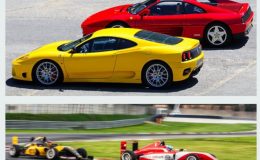


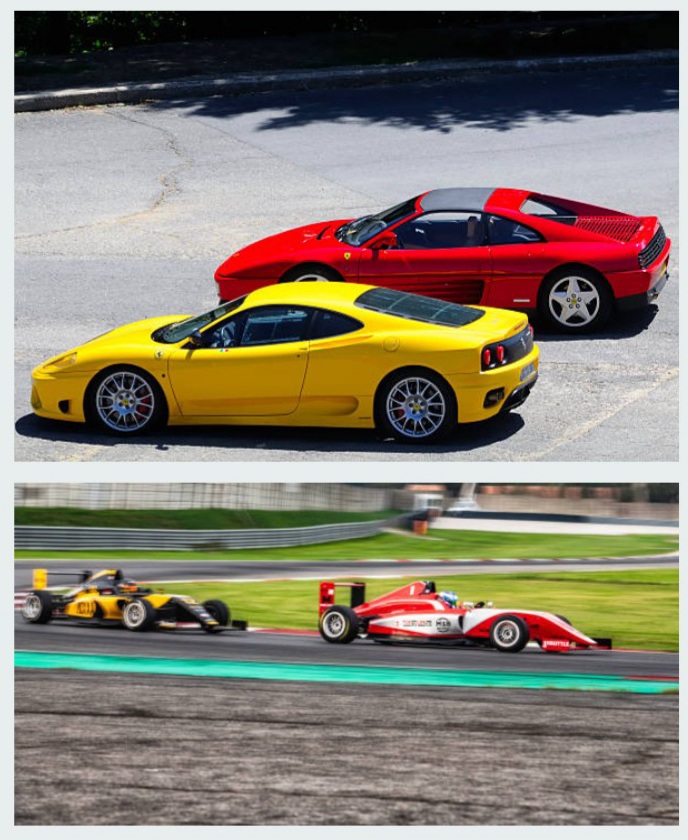
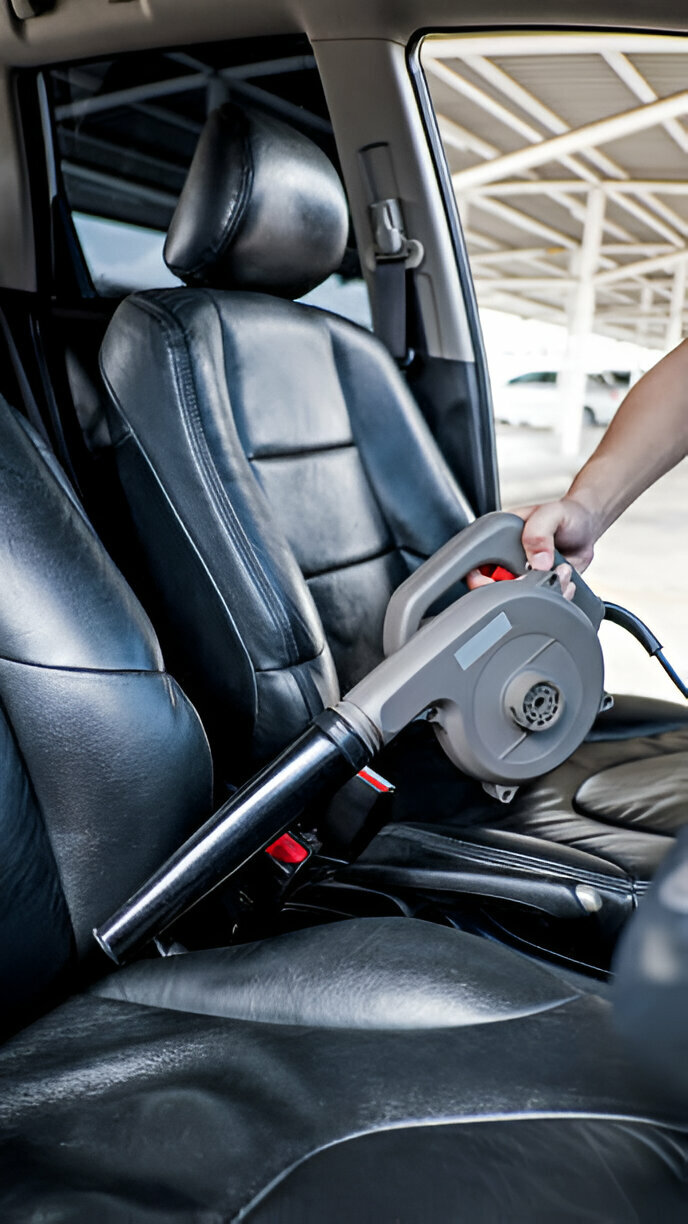
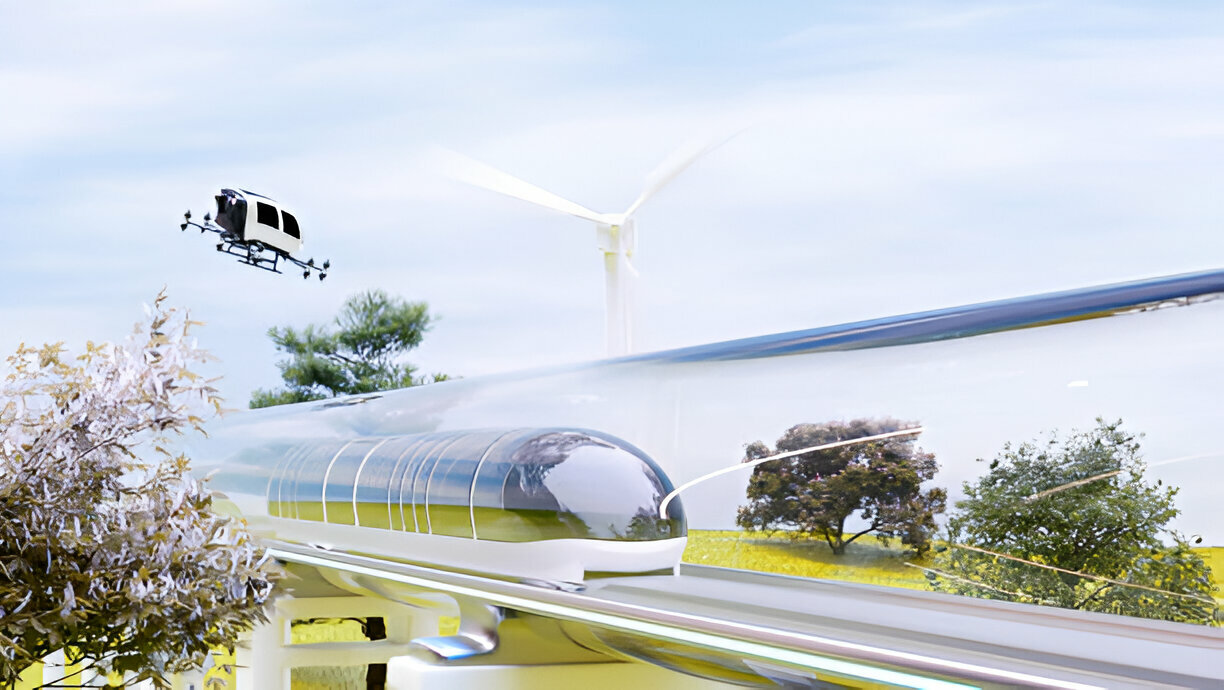



No Comments